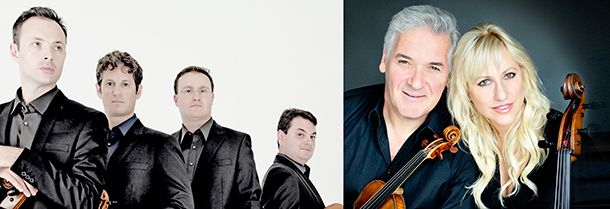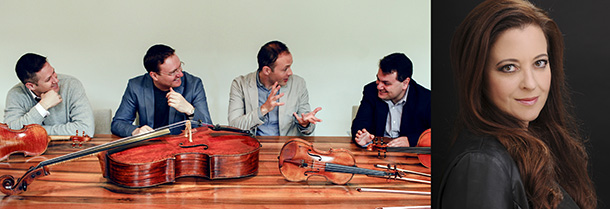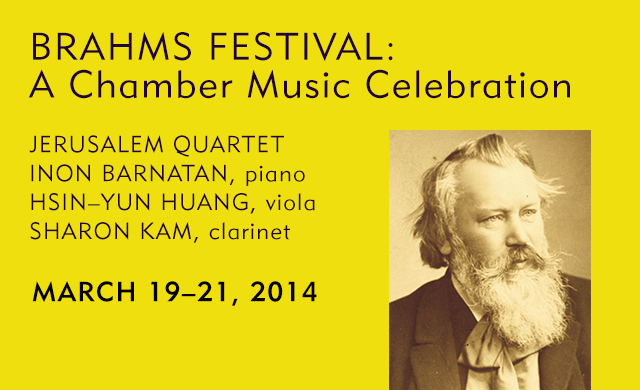Tag: Jerusalem Quartet
-

PROGRAM NOTES: JERUSALEM QUARTET WITH PINCHAS ZUKERMAN & AMANDA FORSYTH
Richard Strauss String Sextet from Capriccio Capriccio (1942), Richard Strauss’ last stage work, is an opera about opera, constructed as a series of elegant salon conversations dealing with a question that has bedevilled opera lovers for centuries: which is more important, the words or the music? The year is 1775 and the setting is the…



